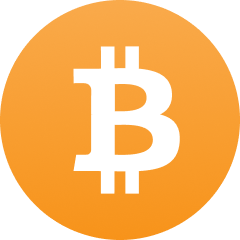The live price of Polkadot is € 1.69 per
(DOT /
EUR) with a
current market cap of €
2,776,684,430.07 EUR. 24-
hour trading volume is € 100,941,842.05 EUR. DOT to EUR price is updated in
real-time. Polkadot is -2.98% in the
last 24 hours with a circulating supply of 1,645,146,400.31.
DOT Price History EUR
| Date Comparison | ||
|---|---|---|
| Today |
€ 1.69
|
-2.98%
|
| 30 Days |
€ 2.46
|
-45.78%
|
| 60 Days |
€ 2.69
|
-59.28%
|
| 90 Days |
€ 3.55
|
-110.11%
|
About Polkadot (DOT)
Polkadot is a cutting-edge blockchain protocol designed to support interoperability and scalability across multiple blockchains. Launched in 2020 by Dr. Gavin Wood, one of the co-founders of Ethereum, Polkadot facilitates the transfer of data and assets across previously incompatible networks, like a "blockchain of blockchains." This is achieved through a central relay chain where different blockchains, or parachains, can connect and operate under a unified security model.
People Also Ask: Other Questions About Polkadot
Polkadot (DOT) is the native cryptocurrency of the Polkadot network, a next-generation blockchain platform that aims to create a decentralized web where blockchains can interoperate and share information seamlessly. Launched by Dr. Gavin Wood, one of Ethereum’s co-founders, Polkadot is designed to address some of the key limitations of earlier blockchain networks, such as scalability, interoperability, and governance. Polkadot’s primary goals are to enable a "multi-chain" future, where multiple blockchains can work together to build decentralized applications (dApps) and services that are more scalable, flexible, and secure. The network achieves this through a unique architecture that includes a central Relay Chain, which coordinates consensus and communication across various connected blockchains, known as parachains. Parachains can be custom-built for specific use cases, enabling developers to create tailored blockchain solutions without the limitations of a one-size-fits-all approach. The DOT token serves several important functions within the Polkadot ecosystem, including governance, staking, and bonding. Governance allows DOT holders to participate in decision-making processes regarding protocol upgrades and changes. Staking helps secure the network through the Proof of Stake (PoS) consensus mechanism, and bonding is used to support the addition of new parachains.






















